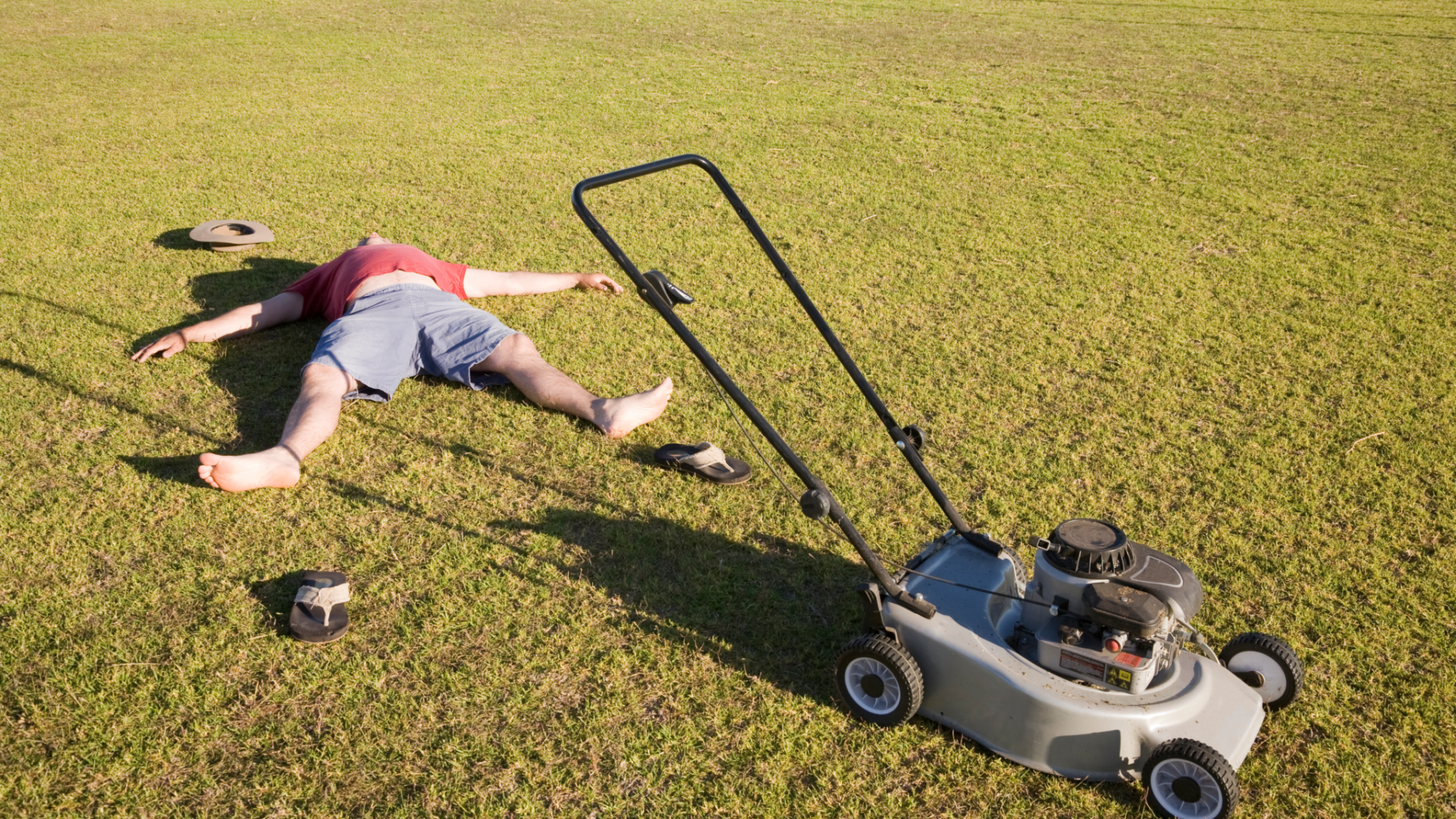The rain showers are slowing down, and the sun is in the sky longer each night. While for some summer is a season of fun and relaxation, but for property managers know summer brings an influx of maintenance requests. For a list of the most common maintenance issues by season, check out our ultimate guide to property maintenance. On top of the day-to-day tasks, warmer weather, higher humidity, and residents spending more time at home leads to more equipment failures and a surge of work orders. When maintenance requests ramp up, it is easier for things to fall through the cracks. But, with a designated summer maintenance checklist, you can keep track of everything that needs to be done and create a schedule for your maintenance team to tackle all while still enjoying their summer.
1. Exterior maintenance
In the colder months, it is easier for exterior maintenance to take a wayside. Depending on where your properties are located, winter might come with feet of snow and freezing temperatures. Not exactly the weather that makes you want to climb a ladder to fix some siding. This means that when things start to warm up, there may be some things on the exterior of your property that are in dire need of attention. We recommend trying to finish outdoor maintenance at the beginning of summer while temperatures are still mild and your team won’t overheat. Some typical outdoor maintenance jobs include:
• Cleaning gutters and downspouts
• Replacing shingles and siding
• Repainting building exteriors
• Power wash decks and patios and repaint if needed
• Replace screen doors and window screens
2. Lawn care
Lawn care is critical in the summer months. For one, warm weather is a prime opportunity to grow grass, plants, and, unfortunately, weeds. In addition, during the warm months, your residents are more likely to spend time outdoors. If the landscaping at your building is a mess, your residents won’t be happy. Not to mention, curb appeal is a huge factor when new tenants decide where to live. Making sure your properties have nice landscaping will make retaining and attracting new residents easier.
• Set up regular watering schedules
• Mow and weed-eat grass on a weekly basis
• Prune shrubs and trees
• Weed gardens and plant new annual flowers
• Spray for bugs
• Keep any common areas clean
Remember, if your internal maintenance team doesn’t have time to keep up with lawn care, you can hire an outside crew to help during the summer months.
3. HVAC systems
HVAC issues are one of the most common requests for maintenance coordinators throughout the year. One of the essential tasks is replacing the HVAC filter. Why? This filter is a trap for dust and other particles. When the filter on your HVAC machine starts to clog with debris, your air quality begins to lessen. Before the weather gets too warm, suggesting to your residents to turn on their AC units to test their air quality is a good idea. This way, you can identify any issues before the temperatures get too hot. In the heat of summer, HVAC issues are time-sensitive repairs meaning you will have to pay for a repair regardless of the cost. During this peak season, internal technicians and third-party vendors can be so busy that you’ll be paying an arm and a leg to take care of any HVAC issues. Ultimately, the urgent repair will have you digging into your pockets — talk about expensive! If you identify these issues early, you can get them fixed before it becomes an emergency that could have been prevented.
4. Interior maintenance
On days when the sun is too strong to work outside, head indoors to complete some maintenance tasks on the interior of your property. During the summer, it is common to see a rise in maintenance requests because parents and children are home from work and school. The more time spent at home, the more issues are likely to arise or be noticed. This is a prime time to check your systems and replace any parts to avoid equipment failure during the cold months. Common summer interior maintenance tasks include:
• Clean out dryer vents and lint trap on dryers
• Clean fan filter on kitchen exhaust
• Replace faucets and showerheads as needed
• Replace furnace filters
• Check carbon monoxide detectors and fire alarms
• Examine the property for any signs of mold or water damage
If you are interested in learning more about the importance of property maintenance, check out our ultimate guide.





